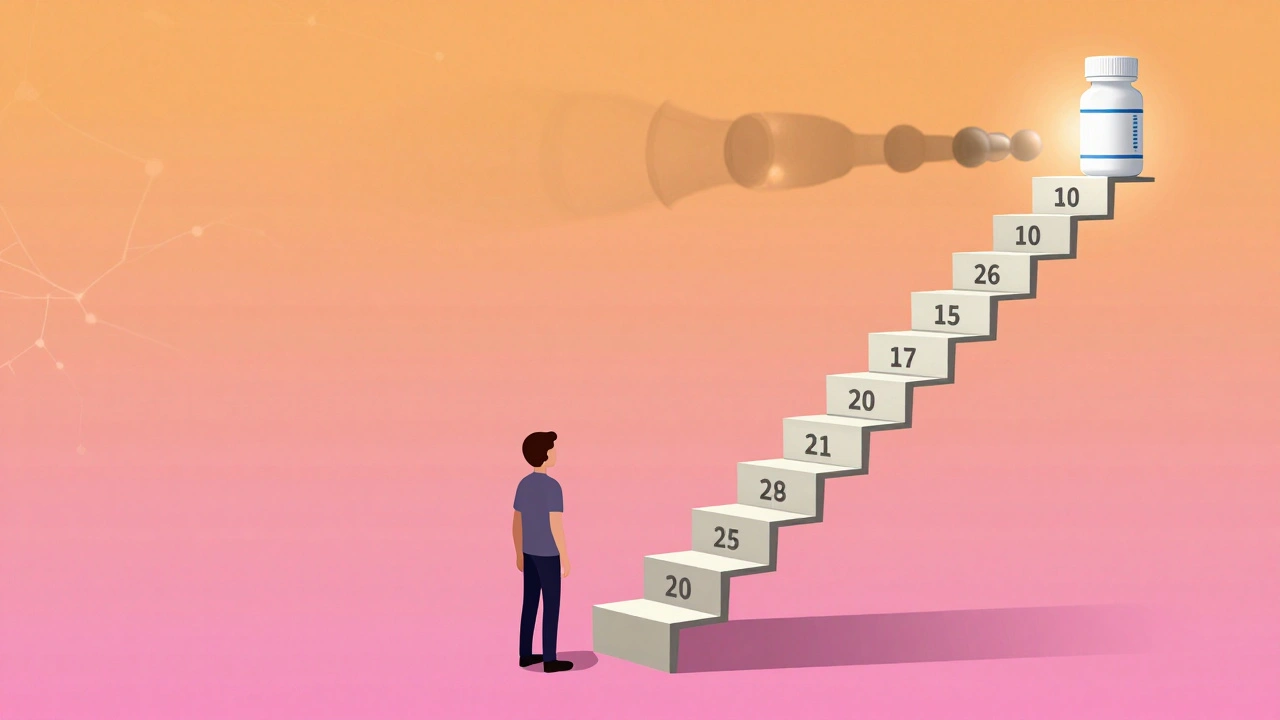Opioid Side Effects: What You Need to Know About Risks and Symptoms
When you take opioids, a class of powerful pain-relieving drugs that include oxycodone, hydrocodone, morphine, and fentanyl. Also known as narcotics, they work by binding to receptors in your brain and spinal cord to block pain signals. But they also affect areas that control breathing, digestion, and mood — which is why opioid side effects are so common and sometimes dangerous.
Opioids don’t just make you feel good — they change how your body works. The most frequent side effects include drowsiness, nausea, and constipation, a nearly universal issue caused by slowed movement in the digestive tract. Many people don’t realize how persistent this can be — it doesn’t always go away with time, and laxatives often aren’t enough. Then there’s respiratory depression, a serious drop in breathing rate that can be fatal, especially when opioids are mixed with alcohol or sedatives. This is the leading cause of death in opioid overdoses. Even when taken exactly as prescribed, long-term use can lead to opioid dependence, where your body adapts to the drug and needs it to function normally. That’s not the same as addiction, but it’s a key step toward it.
Other side effects you might not expect include confusion, itching, dry mouth, and low blood pressure. In older adults or people with kidney or liver problems, these effects can be stronger and last longer. Some people develop tolerance — needing higher doses to get the same relief — which increases the risk of overdose. And if you’ve been taking opioids for weeks or months, stopping suddenly can trigger withdrawal: sweating, anxiety, muscle aches, and diarrhea. It’s not just unpleasant — it can make you go back to using just to feel normal.
The posts below give you real, practical advice on spotting these effects early, understanding why they happen, and what to do if they get worse. You’ll find guides on recognizing warning signs, managing common issues like constipation without adding more meds, and knowing when to call a doctor instead of waiting it out. Whether you’re taking opioids yourself, caring for someone who is, or just trying to understand the risks, this collection gives you what you need — no fluff, no jargon, just clear facts.
Opioid Tolerance: Why Your Pain Medication Dose Keeps Going Up
Opioid tolerance means your body needs higher doses for the same pain relief. It’s not addiction - but it can lead to dangerous outcomes if not managed carefully. Learn why doses increase and how to stay safe.
Opioids and Adrenal Insufficiency: A Rare but Life-Threatening Side Effect You Need to Know
Opioid-induced adrenal insufficiency is a rare but life-threatening side effect of long-term opioid use. It suppresses cortisol production, leaving patients vulnerable to crisis during stress or illness. Early testing and careful tapering can prevent death.


